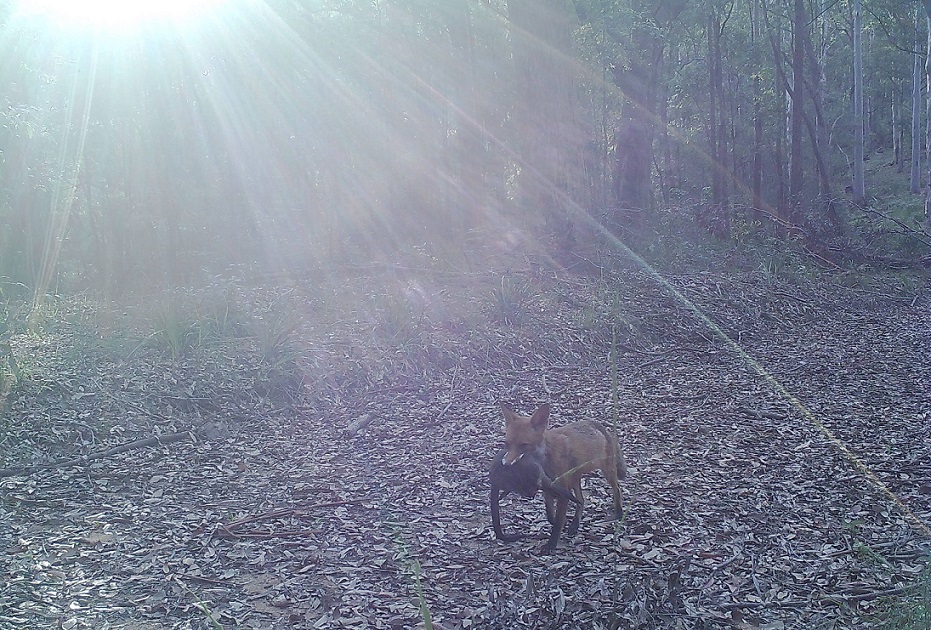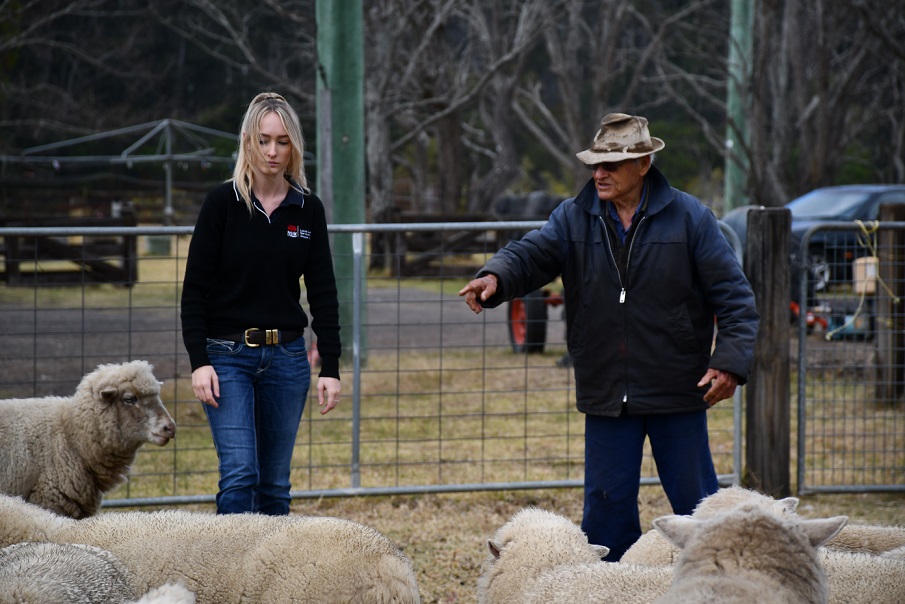
Biosecurity experts have again joined forces with landholders in the Macarthur region to launch a pest animal control campaign throughout Spring.
Led by Greater Sydney Local Land Services, the program is set to target wild dogs and foxes threatening livestock, wildlife, and domestic pets in the area.
Project lead, senior biosecurity officer Annaliese Geddes, said the program was going ahead in line with strict Covid safety protocols.
“While the risk of Covid in our region is very real, feral pests don’t listen to stay-at-home orders and we know wild dogs and foxes are more active during Spring,” she said.
“That’s why Local Land Services has set up contactless bait collection to allow us to continue carrying out this critical work while still protecting ourselves and our customers.”
The Macarthur program will target impacted properties in Wedderburn, The Oaks, Oakdale, Orangeville, Glenmore, Maldon, Cawdor, Mt Hunter, Razorback and Picton.
Ms Geddes said while this year’s program was smaller due to Covid safety protocols, landholder cooperation and involvement remained strong.
“The support of our landholders is critical to achieving the best outcomes and is crucial to the success of our program,” she said
The program would see the use of 1080 baits and candid pest ejectors placed strategically on properties in line with strict government legislation.

“Only authorised, fully trained operators with current chemical qualifications are permitted to use 1080 or prepare baits which includes our officers and all involved landholders,” she said.
“Rules around use include a comprehensive risk assessment of target areas, extensive public notification processes, placing baits minimum distances from habitation, use of remote cameras to minimise presence of non-target animals, clear signposts as well as bait tethering and/or burying to further protect native wildlife and domestic pets.”
Ms Geddes said many people didn’t realise 1080 was a naturally occurring toxin found in more than 30 species of native Australian plants, it doesn’t damage the natural environment, as it’s water soluble and readily broken down by naturally occurring bacteria and fungi.
“Australia’s native wildlife have evolved tolerance to 1080, unlike the introduced dog and fox. That is why it is considered the best environmental option control for pest animals,” she said.
The program will begin next Monday, September 20 and run until October 11.
For more information on the use of 1080 visit bit.ly/3BiuP92.
Contact Greater Sydney Local Land Services on 1300 795 299 for more information.

Dingoes are routinely referred to as “wild dogs” in a cynical attempt to maintain the social license of 1080 in Australia. How many deaths of non-targeted species will be found afterwards? Do the authorities ever check? Or remove carcasses to prevent secondary poisoning?
1080 poison is one of the most toxic substances known to exist in the world. There is no known antidote. It is a white, odourless and tasteless poison. It is considered a chemical of national security concern by the Federal Australian government. It is in the same restricted regulatory schedule as other notorious poisons like arsenic or cyanide.
It is frequently ingested by and kills non-target animals, like companion dogs. Death by 1080 poison is cruel; it is not humane.
Animals poisoned with 1080 scream, vomit, defecate and suffer violent and prolonged seizures. They die with a final convulsion up to 2 days after ingesting the poison. For over a decade, the RSPCA has held that 1080 is “not humane” and therefore they are “opposed to its continued use”.
Countless examples of native animals die. Studies have shown that the consumption of a single fox bait containing 3 milligrams of 1080 poison can be lethal for up to five native animals.
It is known that the toxic effects of 1080 can continue to persist in carcasses and pose a secondary threat to native animals for up to 75 days after the first death.
Though it is currently approved for use across all Australian States and Territories, some local Councils have refused to use it. Recently, the Blue Mountains City Council unanimously voted against it.
We are in the overwhelming minority of countries that continue to permit the use of 1080 poison. It is outdated and cruel and has no place in contemporary Australia. A range of alternatives to 1080 poisoning exist.
This is the 21s Century, and we should know better by now. Ban 1080!
http://www.ban1080.org.au/